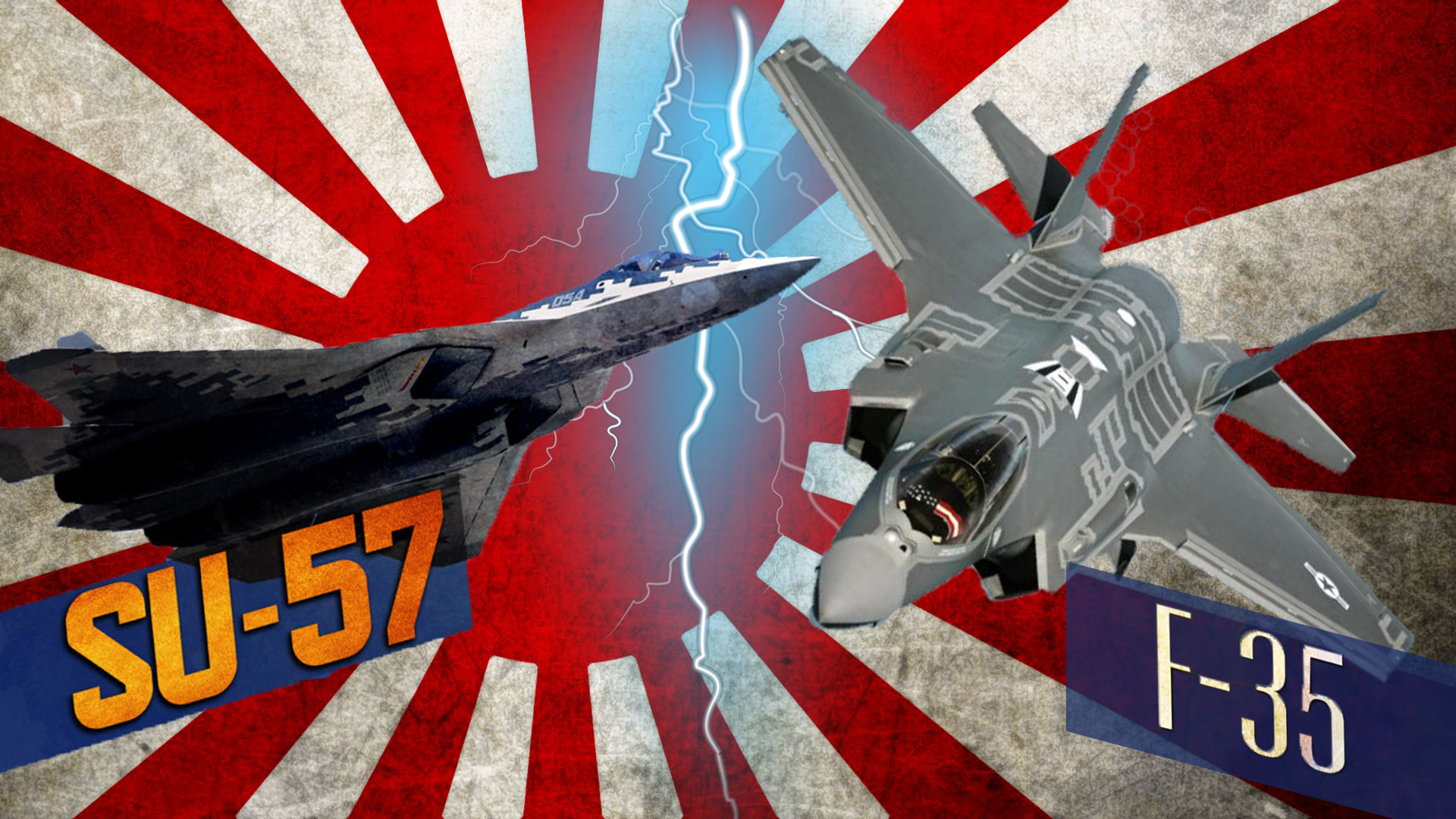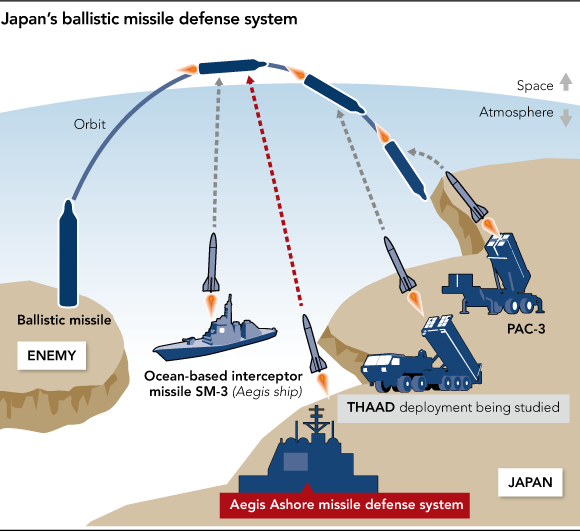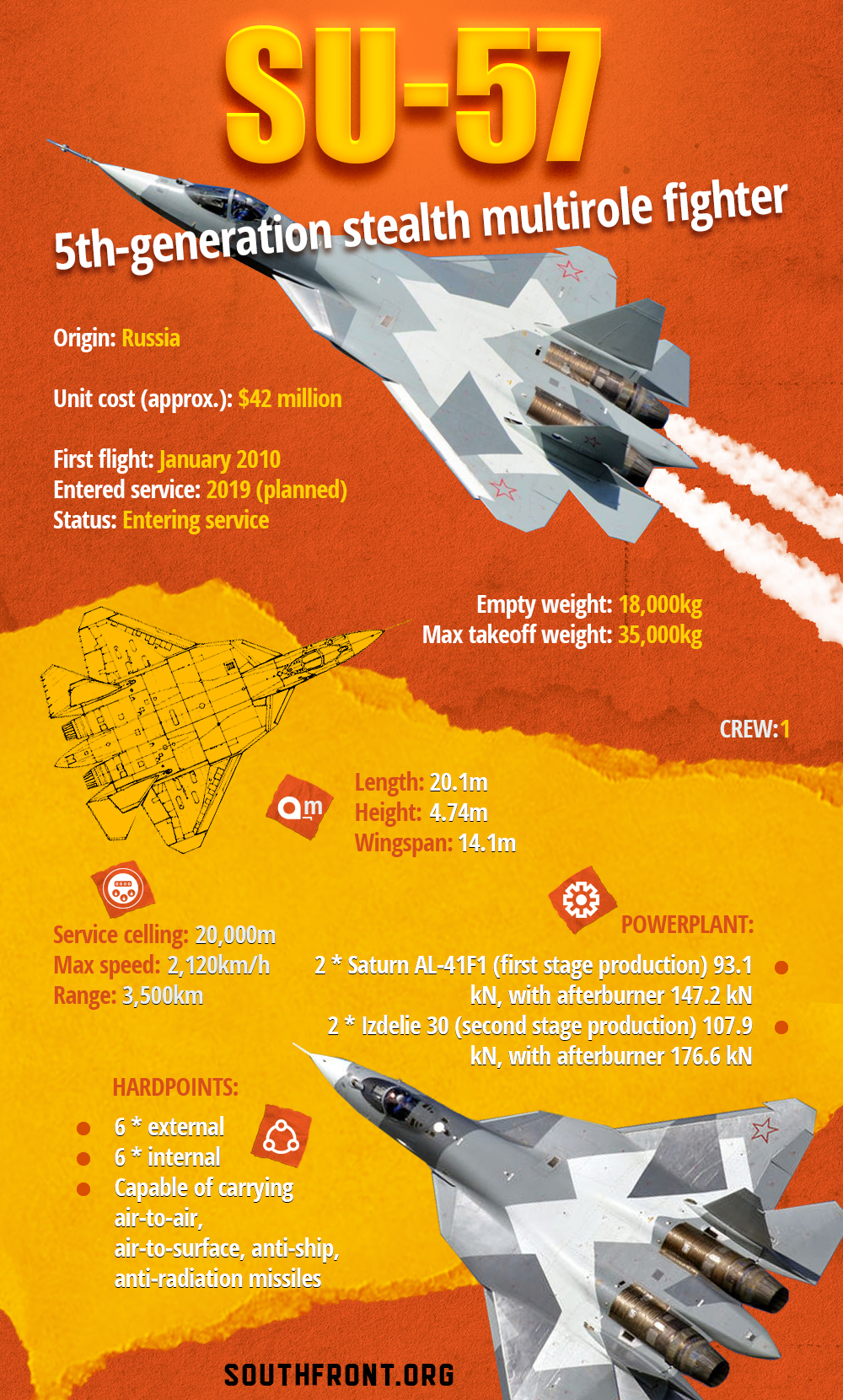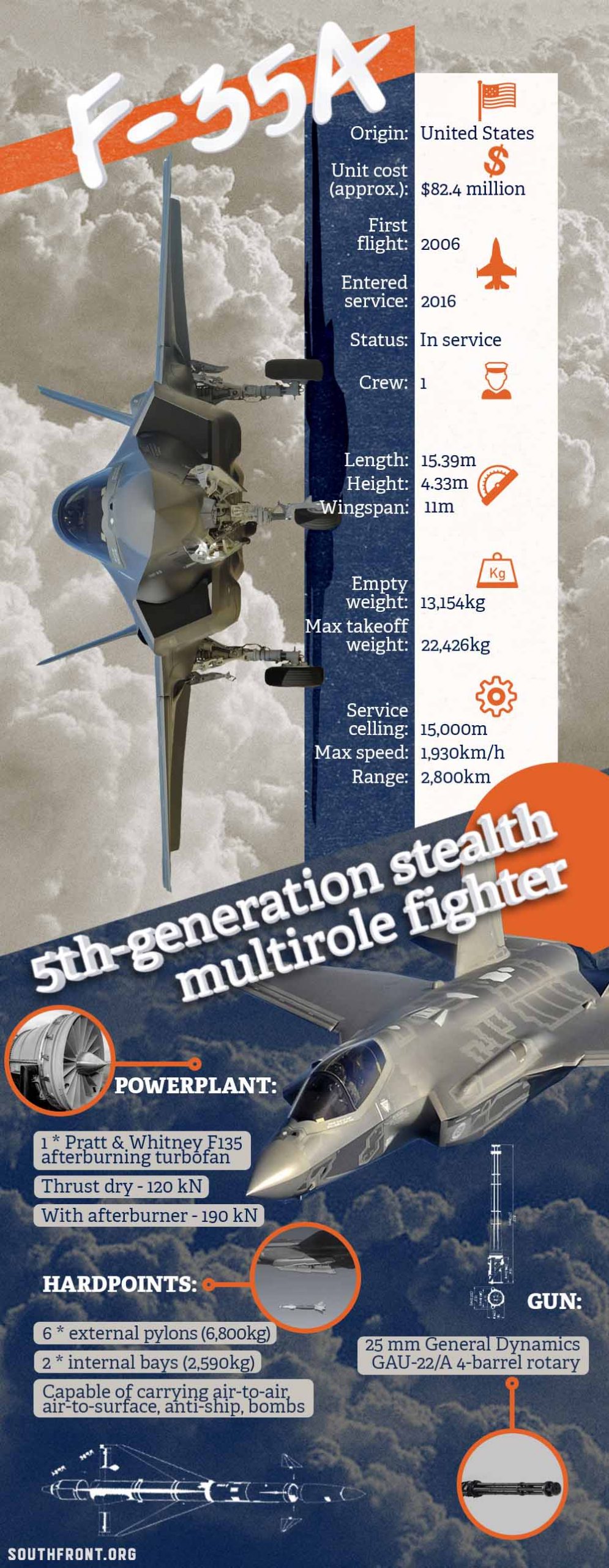Written by Julian Macfarlane exclusively for SouthFront
Julian Macfarlane: “My last article dealt with Japan’s reluctance to buy or co-produce what is now undeniably—according to research – the world’s safest high efficacy COVID 19 vaccine, opting for much more expensive American vaccines using newer but unproven technologies.”
The Japanese, are not Russophobic, as the Americans are—along with most of the “Western” world.
However, the people of this historically isolated archipelago have an essentially feudal mentality. As vassals, defeated in war, they must bow to higher authority: while Muslims prostrate themselves to none but God and only several times a day towards Mecca, the Japanese are always on their knees towards Washington. There is no love in this; nor is there any sense that Washington’s values are those of the Japanese; it is a relationship determined solely by the dynamics of power and habit after a catastrophic defeat and occupation.
Of course, as the French philosopher Foucault said, “where is power, there is resistance”. The Japanese do resist—but passively – maintaining their cultural “difference”, which support from other countries as a somewhat cute exoticism. The price of this ambivalence is to simply “buy American” where possible.
Japan’s purchase of the Pfizer COVID vaccine is a good example. Add to that Japan’s purchase of American military equipment, especially the F-35 fighter, the Patriot and Aegis missile systems.
Cost performance doesn’t matter to the Japanese. A single F-35 A costs $94 million and an F-35 B, 122 million, not counting its maintenance over time that amounts to at least 352 million yen per jet.
The Patriot costs about one billion dollars and two Aegis systems, 4.8 billion, or about 2.5 billion dollars per battery. Compare that to the cost of Russia’s S-400, which is half that of the not-very successful Patriot, with superior capabilities in all areas! The Russian system is five times less expensive than the Aegis system, which is touted as having similar efficacy, namely a limited anti-missile capability. “Limited”? Because it is unlikely that the Aegis system, which was actually designed years ago, could cope with the newest generation of Russian and Chinese hypersonic missile systems. Consider also that the S-400 system is soon to be replaced by the even more effective S-500, specifically designed with hypersonic weapons in mind, not to mention multiple threat scenarios. There are rumors that S-700 will be developed soon after that.
Let us keep in mind that the US, while continually dismissing Russian technology, as you know, primitive – y’know – “Russian” – has, until recently, depended almost entirely on Soyuz rockets to get the International Space Station!
The problem-ridden F-35 is the most expensive fighter project in history that costs over a trillion dollars, but is unlikely to be fully operational for 5 to 10 years. In the Russian arsenal, its nearest equivalent is the SU-57, combat-tested in Syria, that costs about one-half to one-third, with much lower maintenance costs.
The Russian antiaircraft and antimissile systems clearly offer superior cost performance.
While two Aegis batteries on two ships will protect those ships adequately against weapons other than hypersonic missiles, they can’t offer much protection at all for a spread-out chain of islands that extends from the tropical zone to the northern latitudes. For land defense, Aegis ship defenses are just part of a complex semi-integrated, multi-layered defense system.
The Patriots? Maybe they are good for preventing bird strikes at airports.
The F-35 A is a bomb truck, designed for European tactical scenario, where its stealth characteristics could be useful in destroying trucks and tanks on a relatively flat battlefield where large forces can be easily deployed. It is not really suitable for mountainous terrains such as Switzerland – or Japan.
Billions are being spent on tentative to make the F-35 a “multi-role” fighter with the most advanced and new, bug-ridden technologies, a huge giveaway to the defense industry but really a waste of tax payers’ dollars. What you get in the end will be a “jack of all trades but master of none”, obsolete by the time it arrives after another ten years and billions of dollars spent to try to keep it from killing its pilots.
Besides the F-35’s tendency to crash, it can only carry a modest bomb load or weapons without sacrificing stealth. Nor is it particularly fast or maneuverable–not a real interceptor or air-to-air fighter –with small wings which limit its performance the F-35 B is a VTOL aircraft designed with Marine Corps attack scenarios in mind – even more limited because of a lift fan behind the pilot blocking his rear view, extra weight and short range. Maybe it is a good weapon for the US attacking Grenada. But who is Japan intending to attack?
By contrast, the Su-57 is the logical development of the series of fighters that began with the Su27 platform. It is based on previous experience and is intended as a multi-role fighter, good at everything it has to do, and competitive with the hugely expensive F-22. The Su-57 is not designed as a true “stealth” fighter there really is no such thing. “Stealth” does not mean “invisibility” but only reduced detect ability, and radar and detection systems are advancing rapidly, with even F22s now traceable at 200 km. In combat, stealth aircraft have been shot down by “third world” countries. The Su-57 approach to stealth is more practical rather than theoretical.
At the end of 2020, the first Su-57 reportedly entered service with Russian Aerospace forces. Russia is using existing aircraft, essentially prototypes, to test the platform, which will only be mature sometime next year, taking advantage of better “stealth coating”, upgraded electronics, a better weapon suite and a new, higher thrust, lighter and more fuel-saving engine — not to mention new technologies for cheaper, faster and more precise production.
The Russian approach to military matters is always defensive rather than offensive unlike the USA whose wars have almost all been fought to dominate, expand territory and control. Offensive wars require huge amounts of military resources, manpower, and technology. After WWII, the military industrial complex was the major economic and political driving force and it needed wars of aggression to survive. The more complicated and expensive the technologies, the happier companies were. Hence, a series of wars on third world countries.
By contrast, President Putin, who will surely be remembered as one of the last true statesmen, made it clear to the Russian oligarchy, including those in the defense industries, that they could keep their ill-gotten gains only as far as they served the interests of the state, not the other way around. That meant better products and better efficiency.
The Russians don’t have money to waste. But then again, defensive weapons are less expensive to develop and involve fewer compromises of the kind we see in the F-35.
Russia’s new weapons are built on existing technologies that are constantly improved, innovated in the smartest way, when there is need. For example, there are hypersonic weapons, the S-500 and the Su-57.
If the Japanese really wanted to defend the country, they would be buying S-400s and S-500s, as well as Su-35s and Su-57s, which have the range and capabilities to fend off any attackers.
This also applies to Canada, where the Sukhoi family is best suited to defend the vast expanse of the country, whose only attacker, historically, has been the US-made (four times).
However, Canada is also a vassal state and almost as Russophobic as the US thanks to its addiction to US media. Why would the US attack it when it already owns it?
Is Russophobia the New AntiSemitism? Is Americanism the New Aryanism? That’s the subject of my next article.









